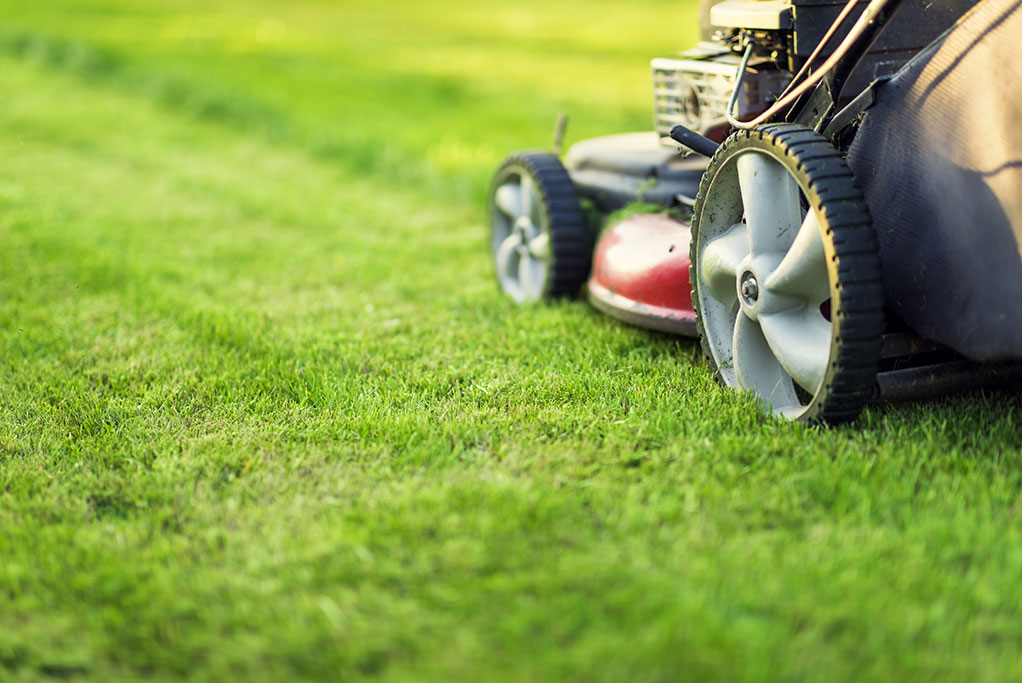How to Transition Your Lawn from Spring to Summer
By Innovation Grounds
As the vibrant colors of spring begin to give way to the intense heat of summer, your lawn needs special attention to stay green, lush, and healthy. Knowing how to transition your lawn from spring to summer is essential for homeowners who want their yard to thrive through the changing seasons. With the right lawn care tips, you can prepare your grass to withstand heat, drought, and increased foot traffic.
In this guide, we’ll walk you through the most effective seasonal lawn care strategies to ensure a smooth and successful transition from spring to summer.
Adjust Your Mowing Height
One of the first steps in transitioning your lawn from spring to summer is to adjust the mowing height of your lawn mower. During the cooler spring months, shorter cuts are generally fine. However, as summer approaches, you should raise the blade to leave your grass slightly taller—about 3 to 4 inches.
Taller grass shades the soil, reduces water evaporation, and helps roots grow deeper, making your lawn more drought-resistant. Avoid cutting more than one-third of the grass height at a time, as this can stress the lawn and increase vulnerability to pests and disease.
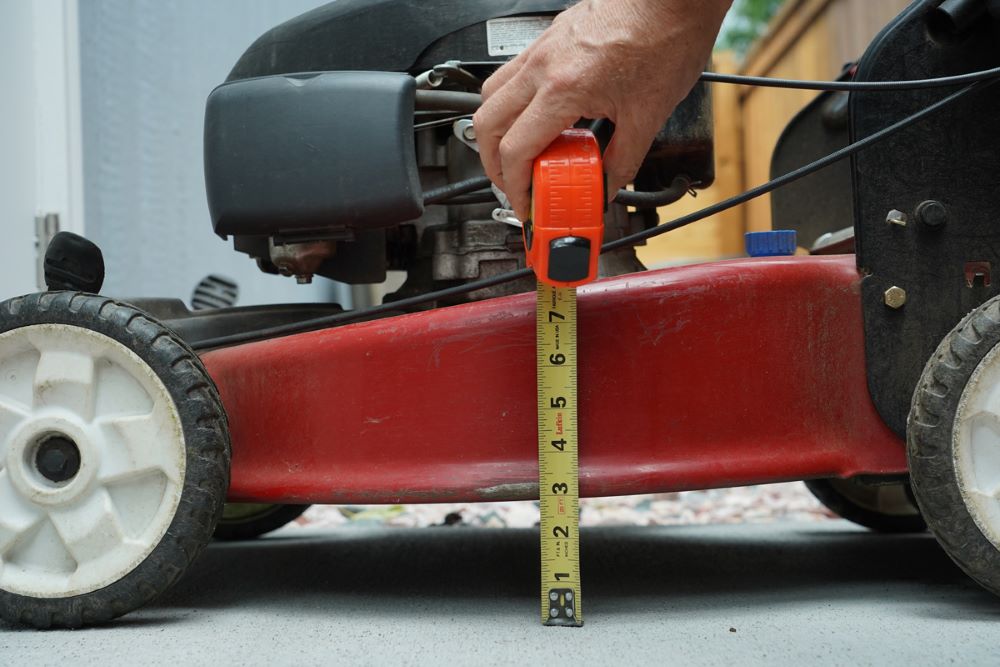
Feed Your Lawn with the Right Fertilizer
Feeding your lawn is crucial during this transition period. Apply a slow-release summer lawn fertilizer that is high in nitrogen. This helps maintain green color and encourages steady growth without overstimulating the grass, which can be harmful during hot weather.
Make sure to fertilize when the soil is moist and temperatures are moderate to avoid burning your lawn. If you’ve already fertilized in late spring, wait 6–8 weeks before applying another round.

Water Wisely and Efficiently
Effective lawn watering is a key component of seasonal lawn care. As temperatures rise, your grass will require more moisture to stay green and healthy. Aim to water deeply and infrequently rather than lightly and often. This encourages deep root growth, which improves drought tolerance.
Water early in the morning, ideally between 6 and 10 a.m., to reduce evaporation and fungal issues. Your lawn typically needs about 1 to 1.5 inches of water per week, including rainfall.
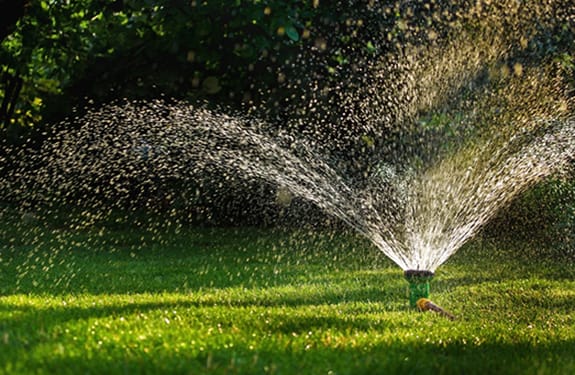
Treat Weeds Before They Spread
Spring and early summer are prime times for weed growth. Transitioning your lawn from spring to summer should include proactive weed control. Spot-treat broadleaf weeds like dandelions and clover using a post-emergent herbicide. Be careful not to apply herbicides when temperatures are too high, as they can damage your grass.
Mulching around garden beds and mowing regularly can also help prevent weed seeds from germinating.
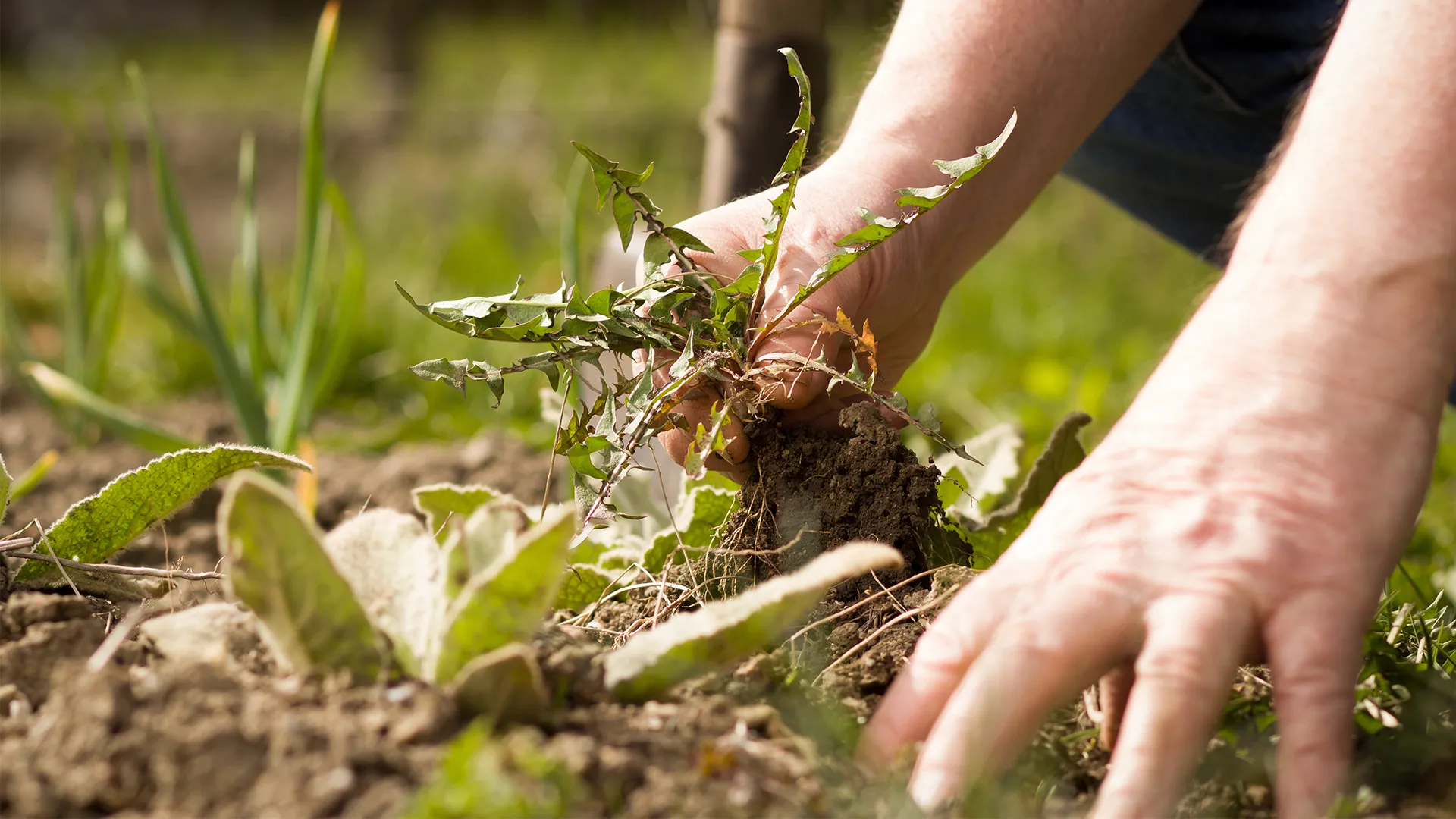
Aerate Compacted Soil
If your lawn experienced heavy foot traffic in the spring or feels hard and compacted, aerating may be beneficial. Aeration allows water, nutrients, and air to reach the root zone more effectively, promoting healthier growth.
For warm-season grasses like Bermuda or Zoysia, early summer is actually a good time to aerate. Use a core aerator for best results, and follow up with overseeding if your lawn has bare patches.
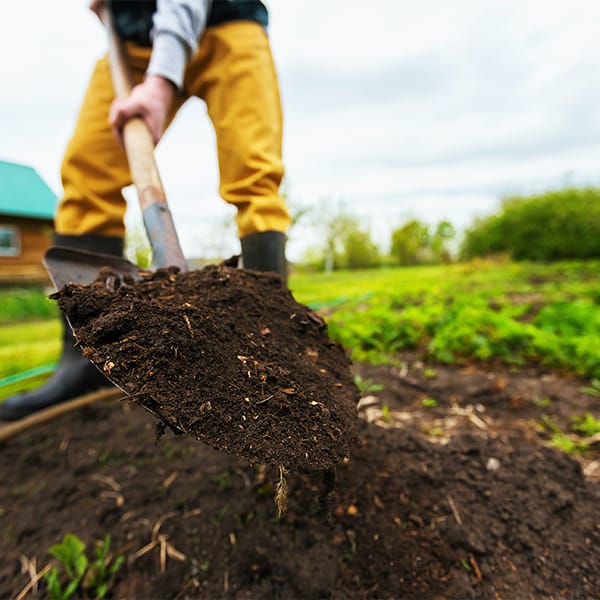
Monitor for Pests and Lawn Diseases
As summer approaches, be on the lookout for common lawn pests like grubs, chinch bugs, and sod webworms. These pests thrive in warm, dry conditions and can cause significant damage if left unchecked.
Fungal diseases such as brown patch and dollar spot also tend to increase with humidity and poor air circulation. Maintain proper mowing and watering practices to reduce the risk, and apply appropriate treatments at the first signs of trouble.
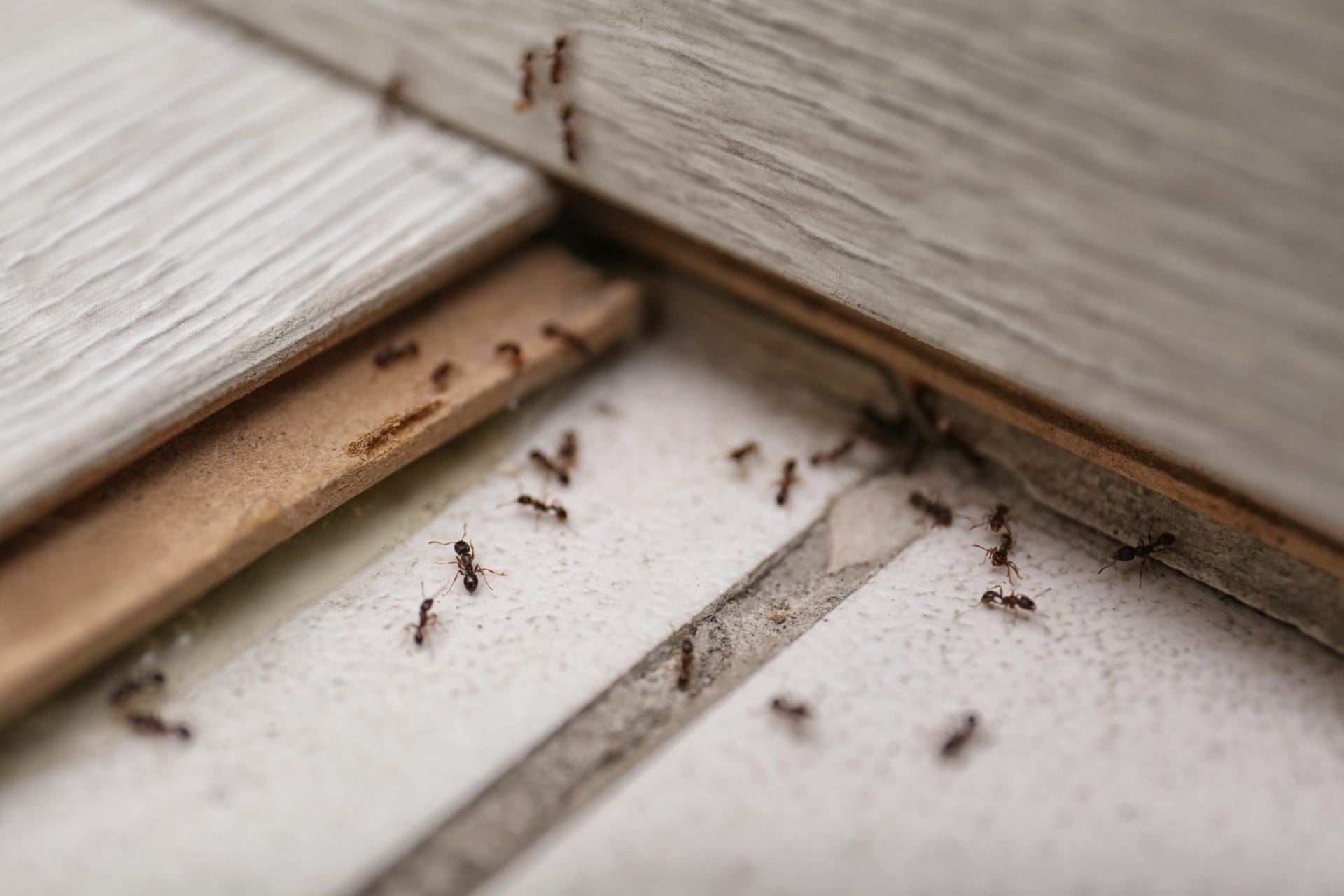
Sharpen Your Mower Blades
A dull mower blade tears the grass instead of cutting it cleanly, leaving your lawn vulnerable to disease and browning. Before summer heat hits, sharpen your mower blades to ensure a clean cut every time.
This small step is often overlooked but makes a big difference in the overall health and appearance of your lawn.
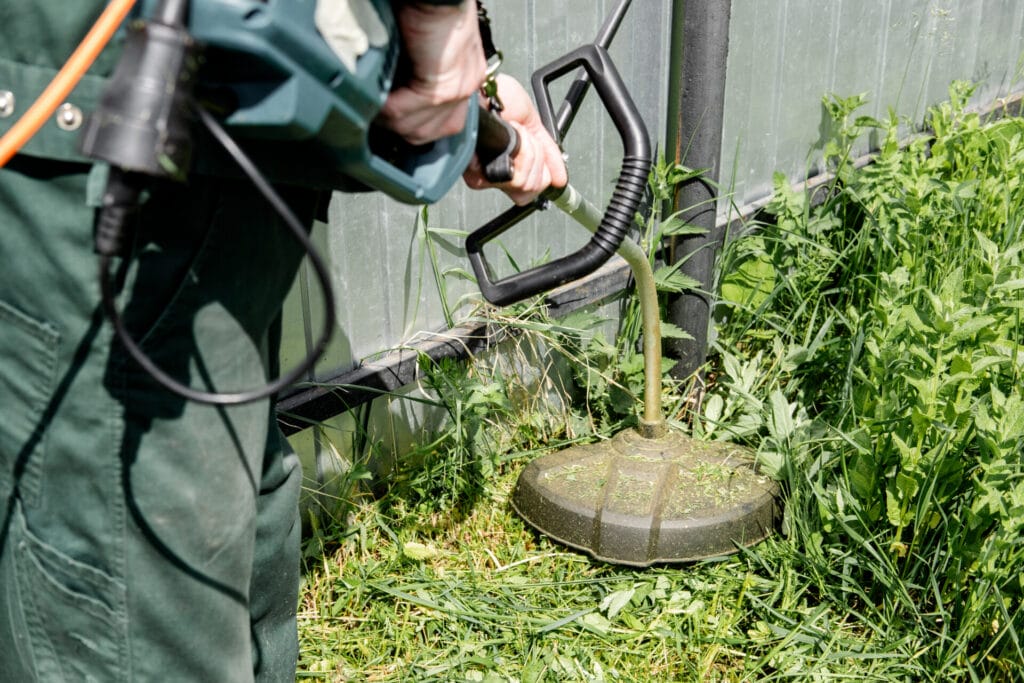
Prepare for High Traffic Areas
If your lawn sees increased activity during the summer—backyard parties, children playing, or pets running around—it’s important to protect high-traffic areas. Reinforce these zones with stepping stones or ground covers to reduce compaction and wear.
You can also consider reseeding with more durable grass types that hold up better under pressure.
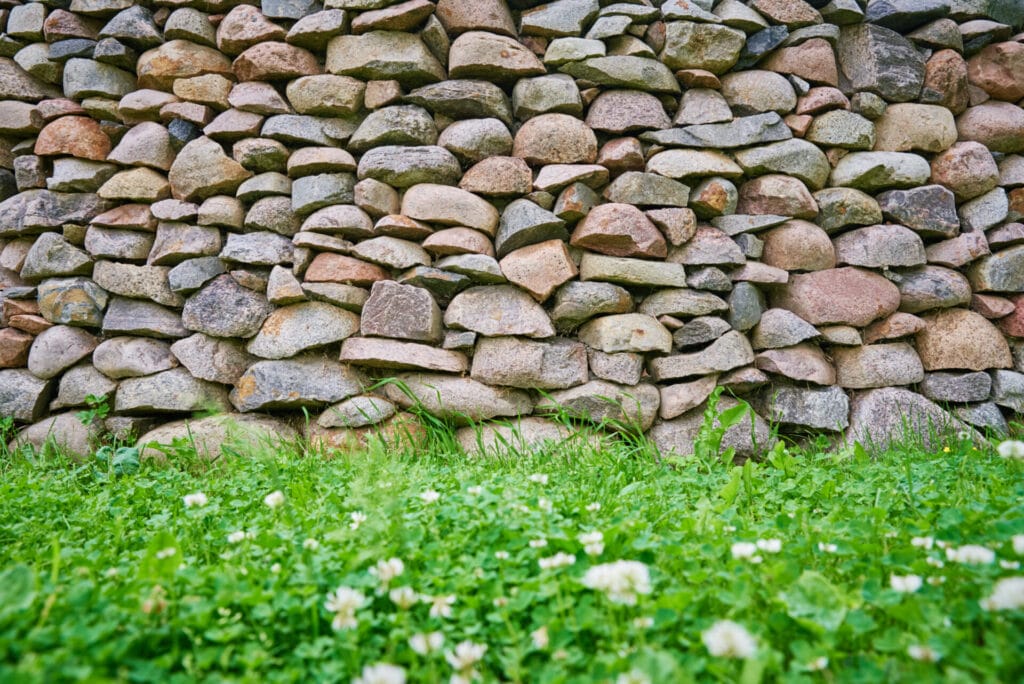
Final Thoughts
Transitioning your lawn from spring to summer doesn’t have to be difficult. With a few proactive seasonal lawn care tips—adjusting mowing height, feeding with the right fertilizer, proper watering, and monitoring for weeds and pests—you can ensure your lawn stays vibrant and healthy throughout the summer months.
By understanding how to transition your lawn from spring to summer, you’re not only improving curb appeal but also promoting a sustainable, long-lasting landscape.


